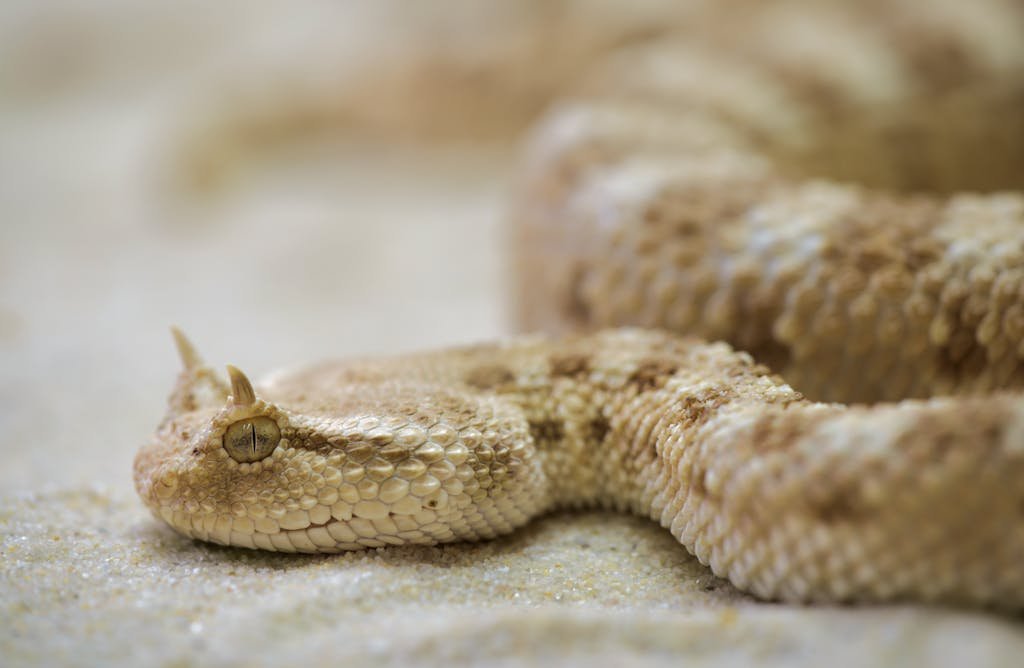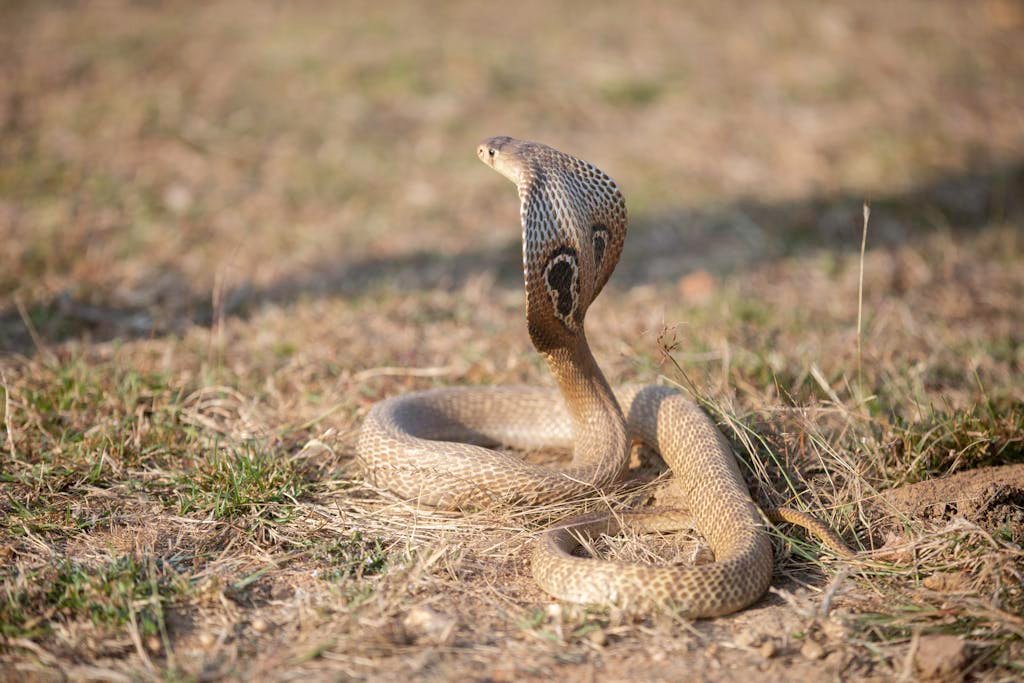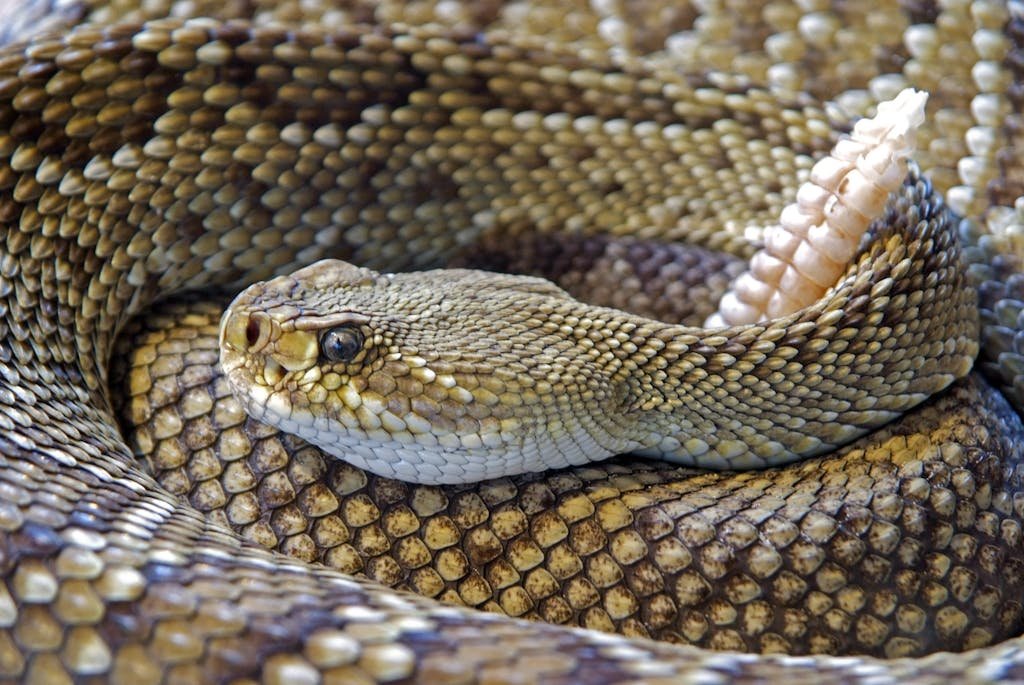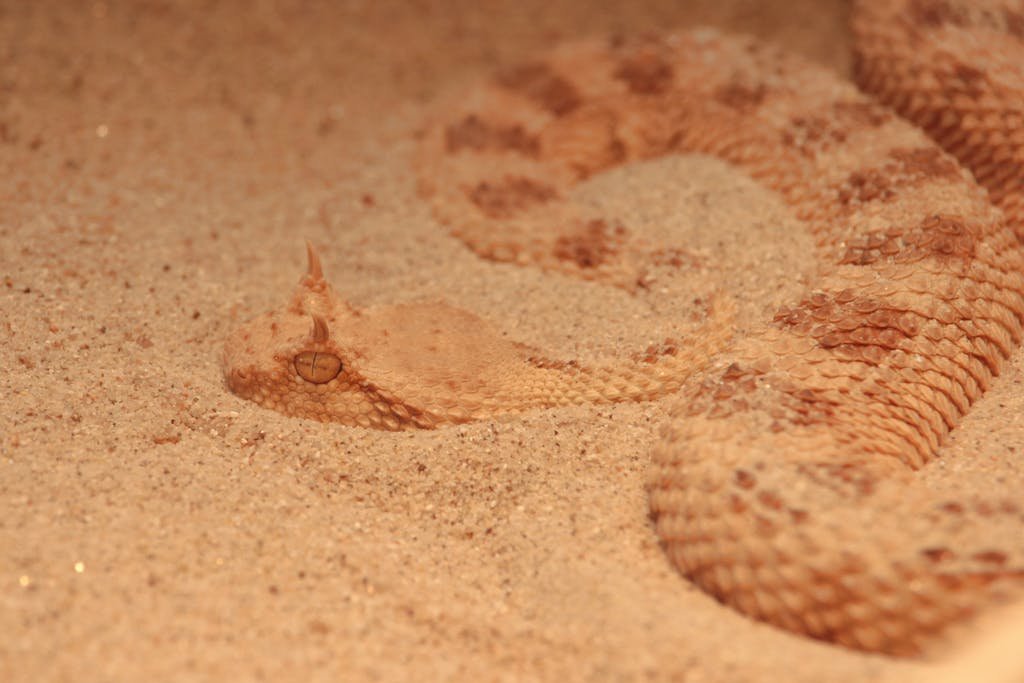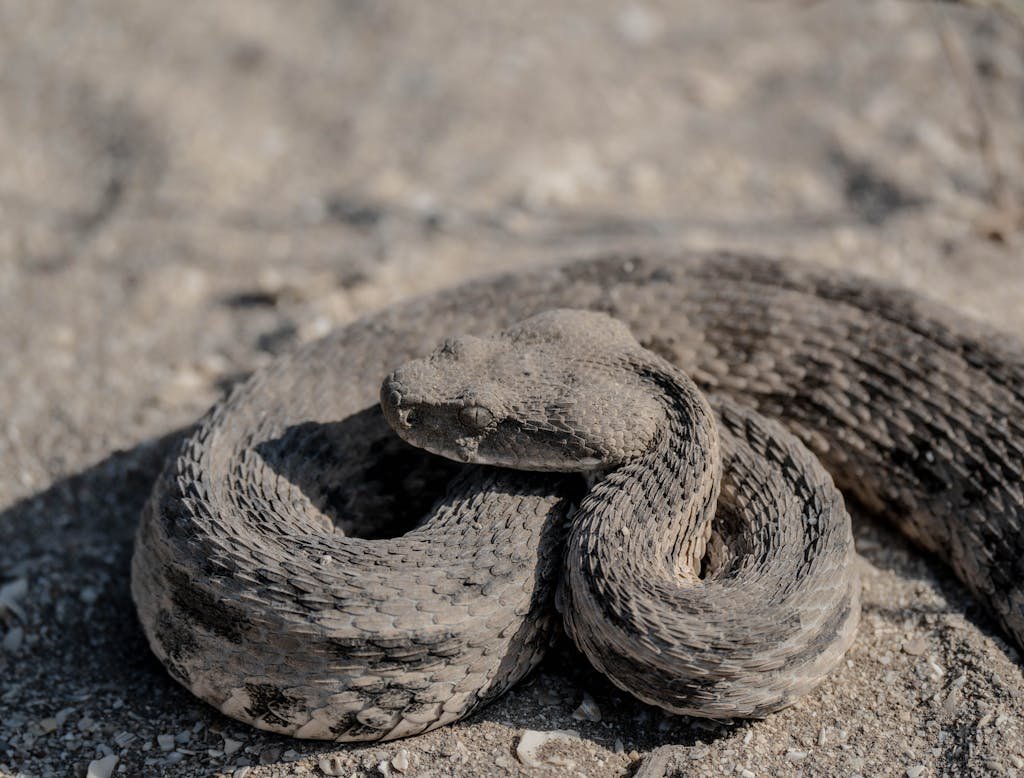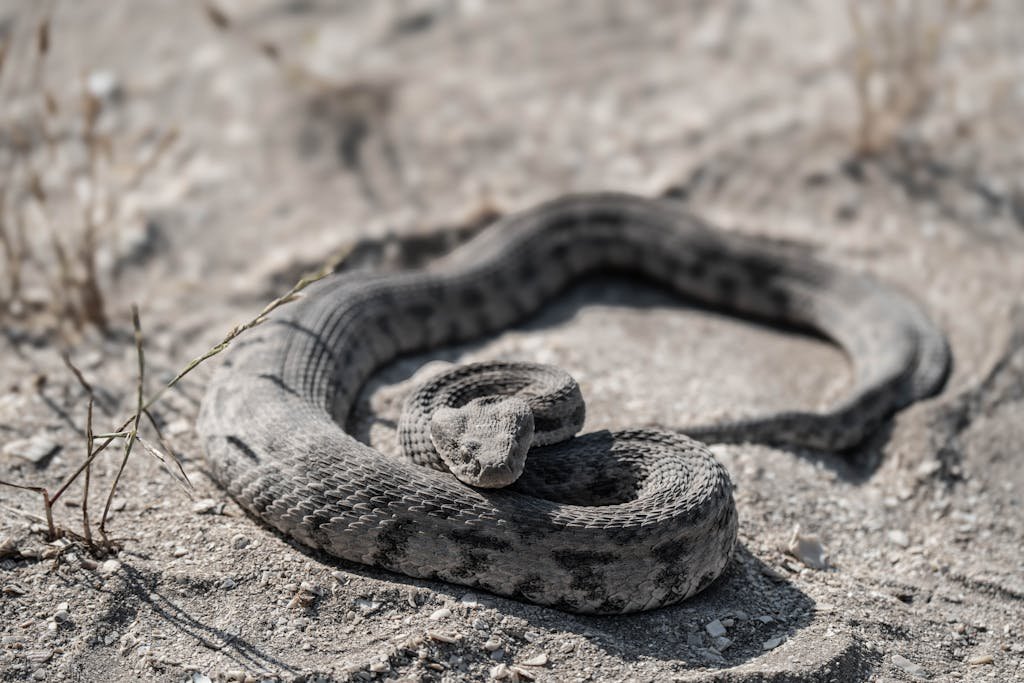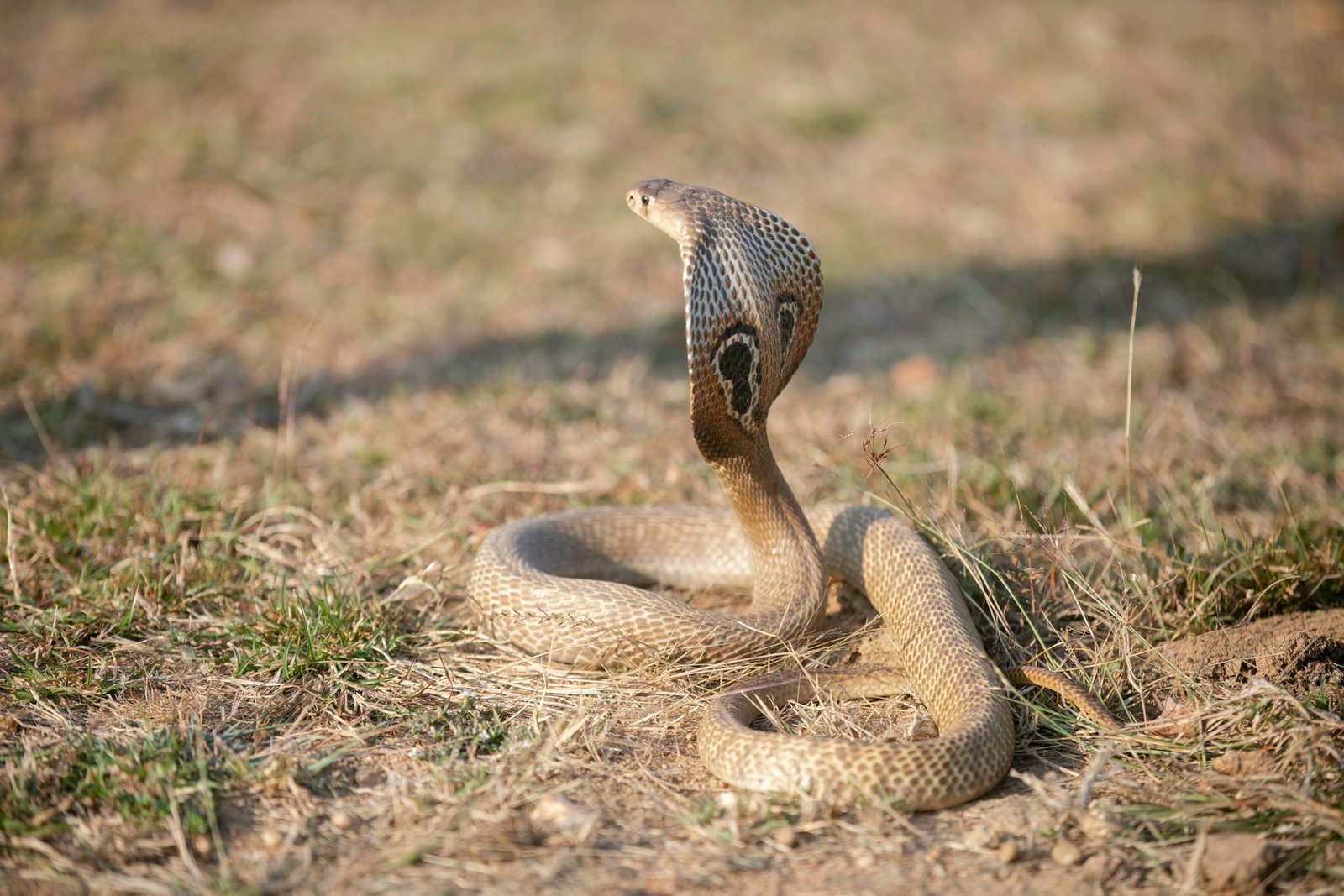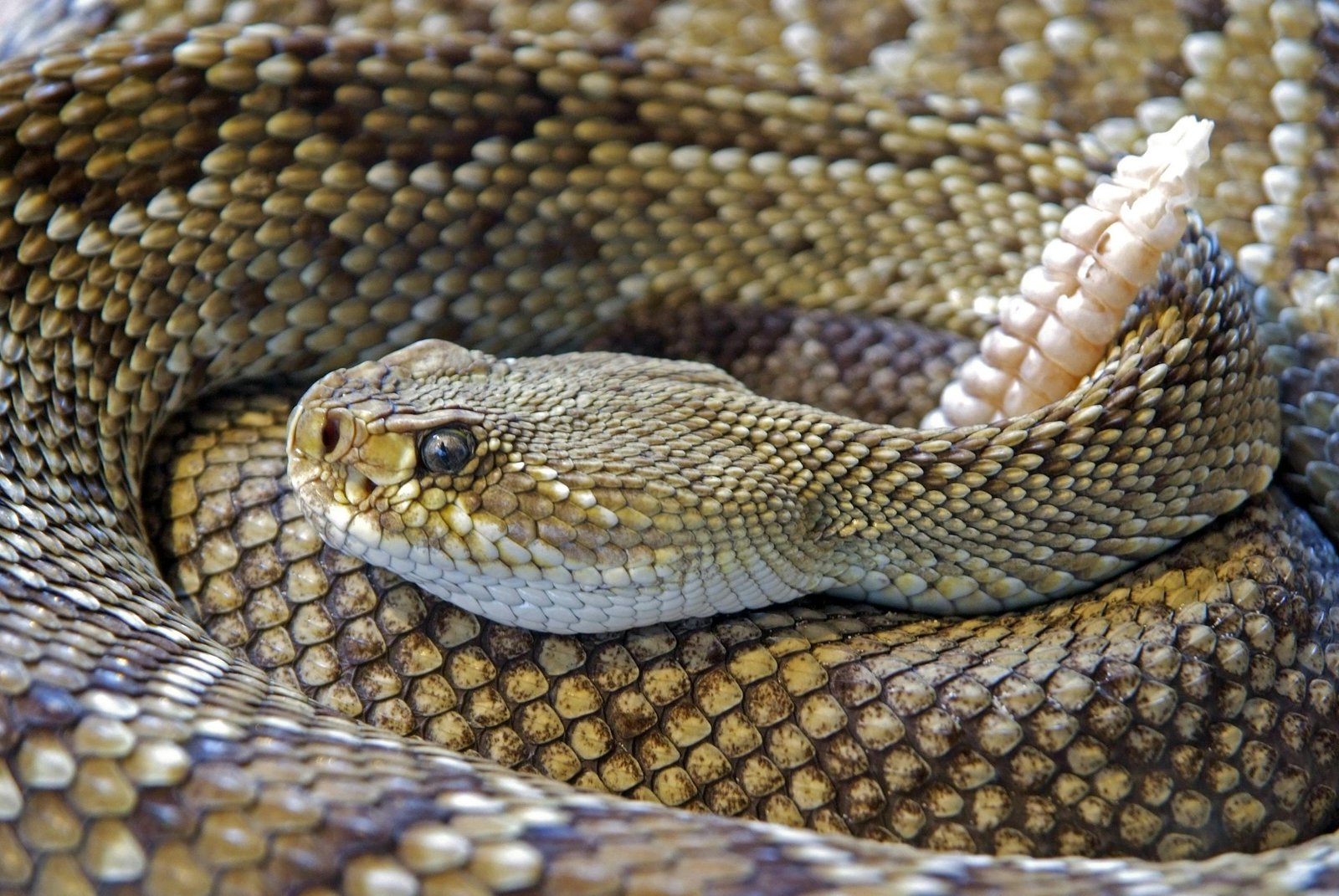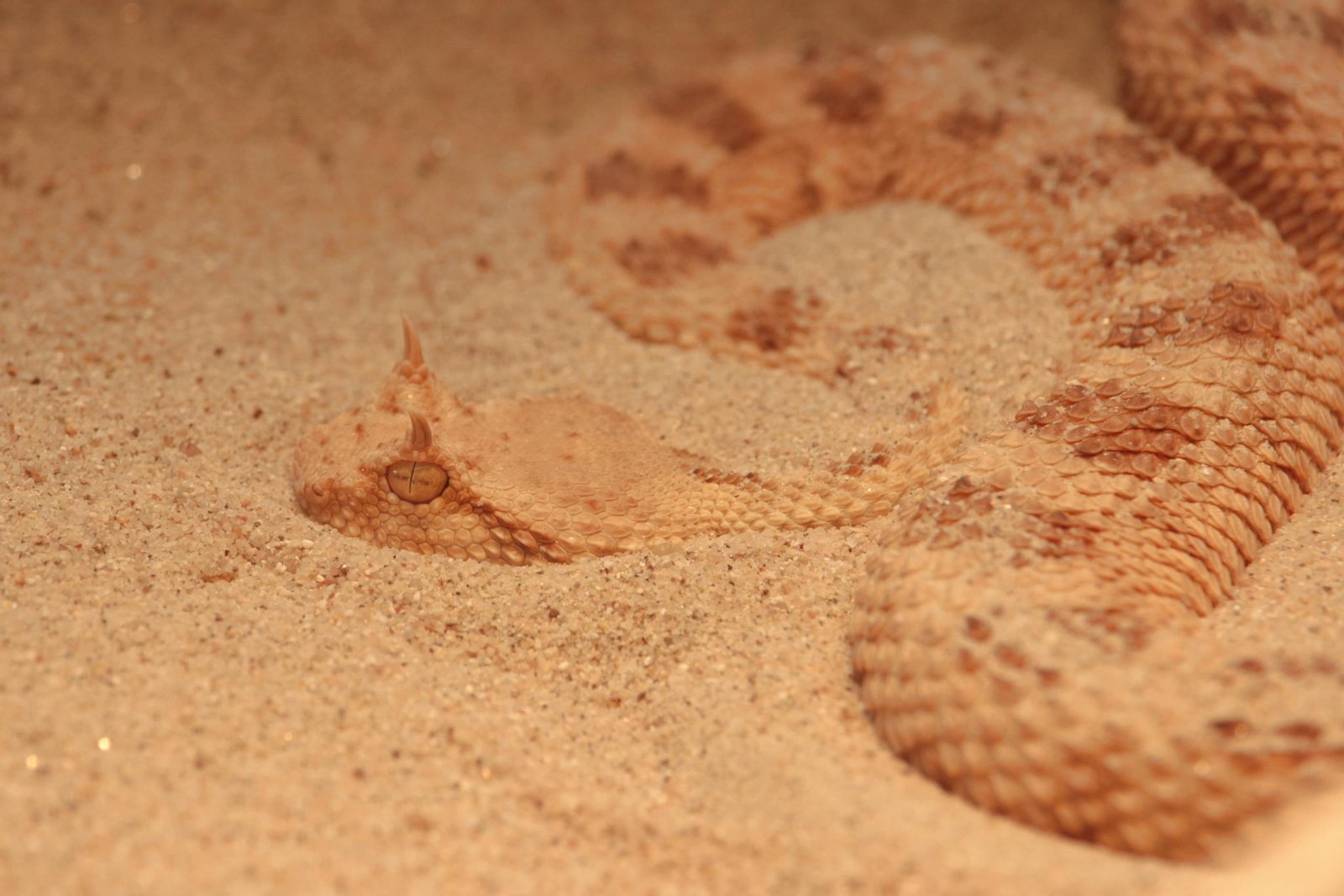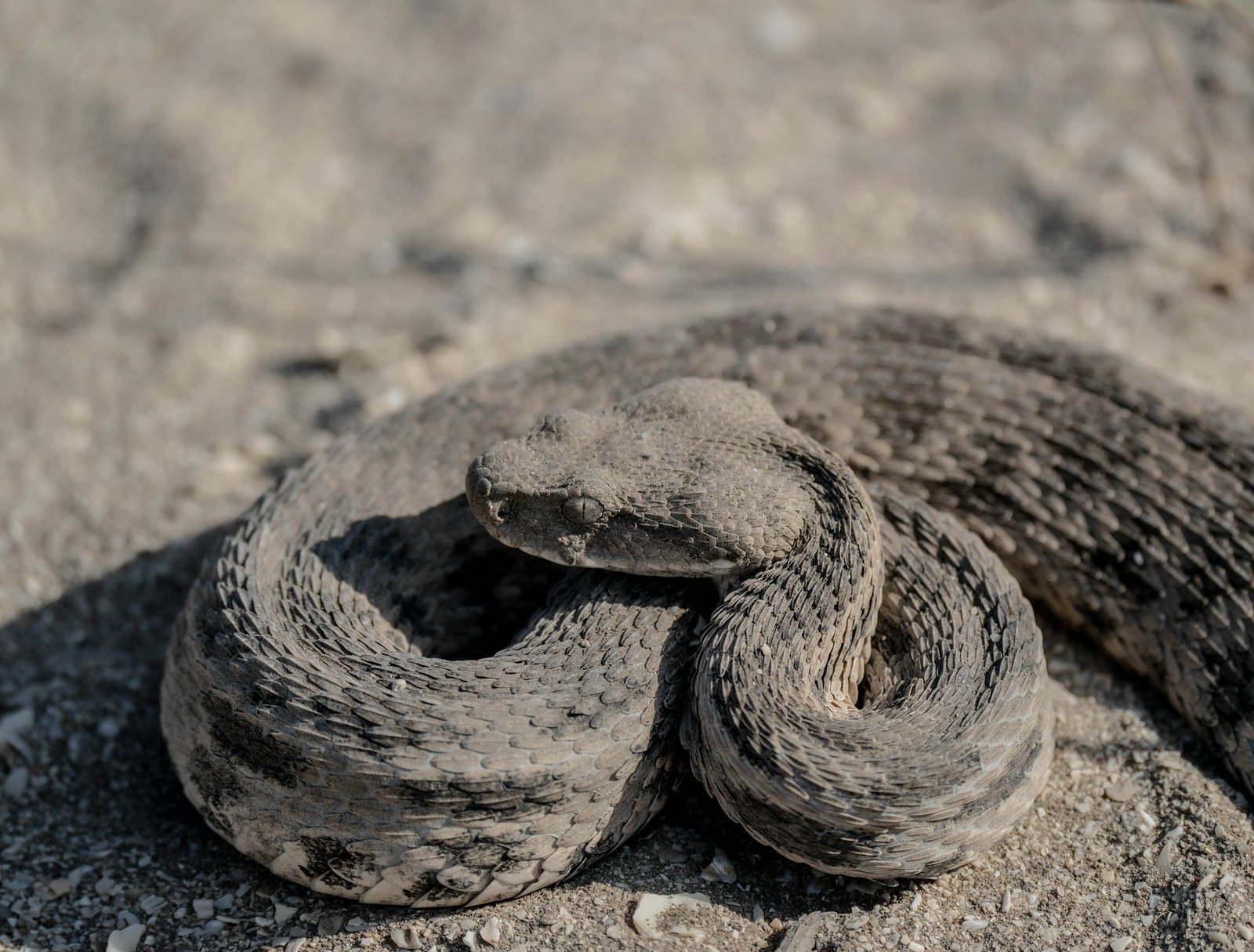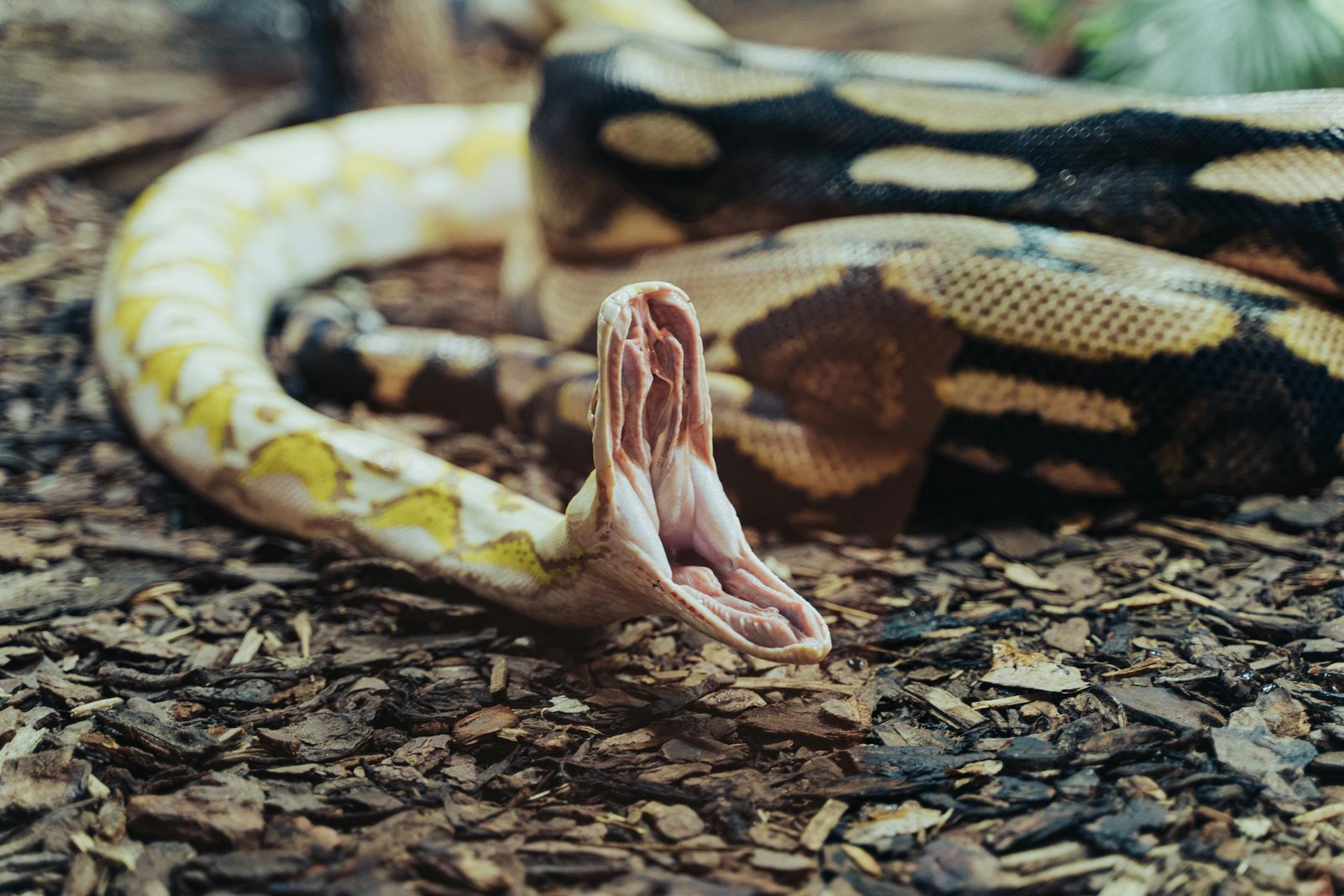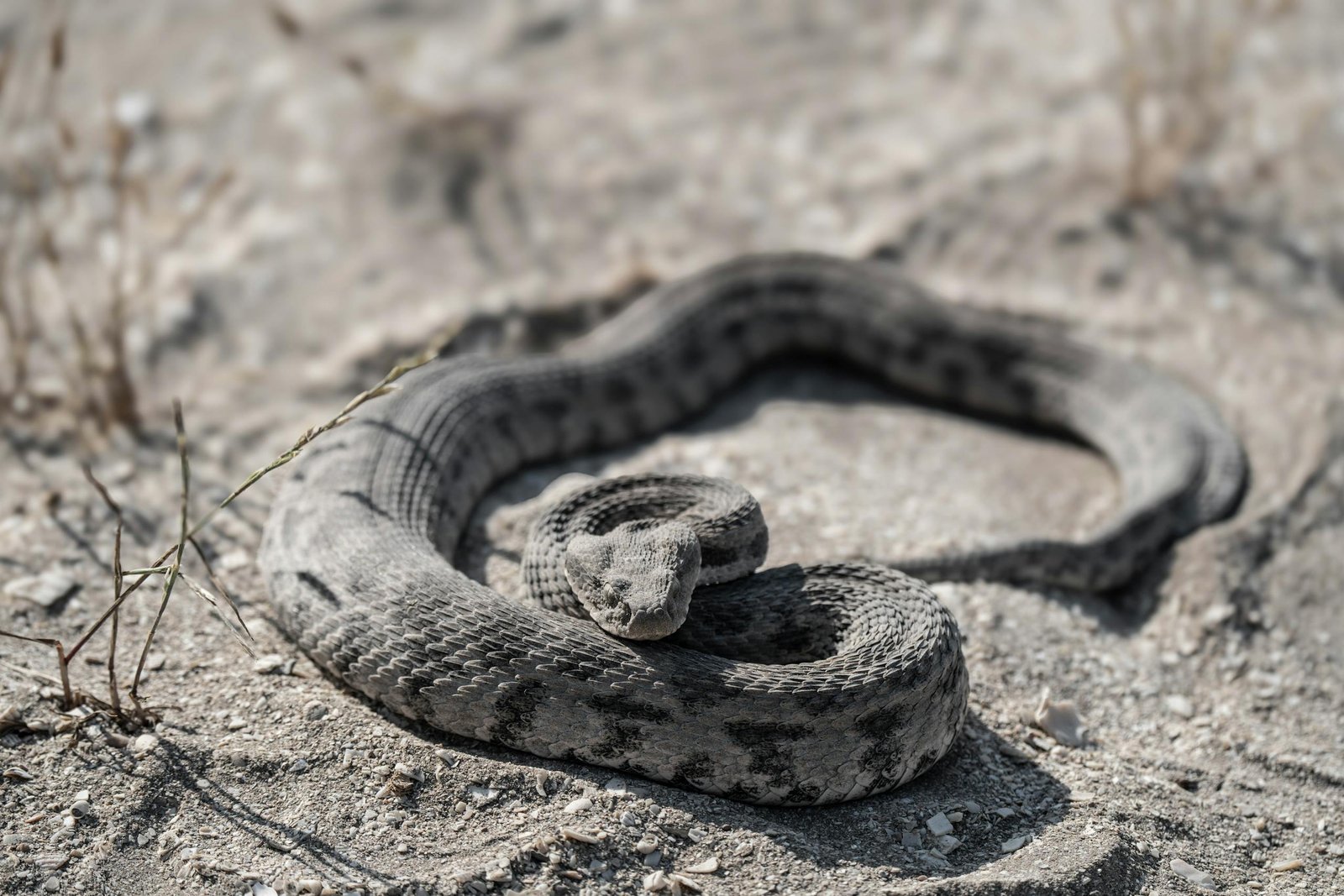Snakes
Snakes are elongated, legless reptiles found in various environments, from deserts to forests, and often near human dwellings in search of food and shelter. While most snake species are non-venomous and pose no threat to humans, a few species can be venomous, making them a cause for concern when found indoors or in residential areas.
Appearance
Snakes vary widely in size, color, and pattern, depending on the species. They typically have a slender, elongated body covered in scales, with a forked tongue they use for sensing their environment. Common house-invading snakes include non-venomous species like rat snakes and venomous types like vipers and cobras.
Life Stages
Snakes go through three primary life stages: egg, juvenile, and adult. Some species lay eggs, while others give birth to live young. Juvenile snakes are similar to adults but smaller and may have different coloration. Lifespans vary greatly by species, ranging from 5 to over 20 years.
Seasonal Activity
Snakes are most active during warmer months, particularly in spring and summer when they are breeding and hunting for food. In cooler climates, they may become less active or hibernate during the winter.
Dangers and Risks
Some snakes are venomous and can deliver dangerous bites that may cause severe pain, swelling, tissue damage, or even life-threatening symptoms. Non-venomous snakes may bite in self-defense, causing minor injuries.
Property Damage: Snakes do not cause direct damage to structures, but their presence may indicate other pest issues, such as rodents, which they prey upon. A snake infestation can also create safety concerns, especially in areas with children and pets.
Prevention and Control Tips
This section should include signs to watch for, simple DIY methods, and preventive measures to protect homes or properties from pests.
Prevention Methods
Keep yards clear of debris, tall grass, and wood piles that can serve as shelter for snakes. Seal cracks and gaps in foundations, doors, and windows. Reduce rodent populations, as they attract snakes.
Signs of Infestation
Shed snake skins, snake tracks in dusty areas, and unusual noises in attics or basements can be signs of a snake presence. Sightings of snakes, especially in areas with high rodent activity, also indicate a potential infestation.
DIY Measures
Use snake repellents around property boundaries and apply natural deterrents like sulfur powder or essential oils. Install snake-proof fencing around gardens and outdoor spaces if needed.
When to Contact a Professional
Professional help is essential if venomous snakes are spotted, if there are multiple sightings, or if snakes have made their way indoors. Safety is crucial, as handling snakes without expertise can be dangerous.
Trap Kill’s Approach to Control
Customized Treatment Plans:
Trap Kill provides specialized snake control by identifying species, safely removing snakes, and implementing exclusion techniques to prevent future access. Our methods are designed to be humane and effective.
Certified, Eco-Friendly Solutions:
We use non-lethal snake repellents and humane trapping methods to relocate snakes safely. We also offer property inspections to identify entry points and recommend preventative measures.
